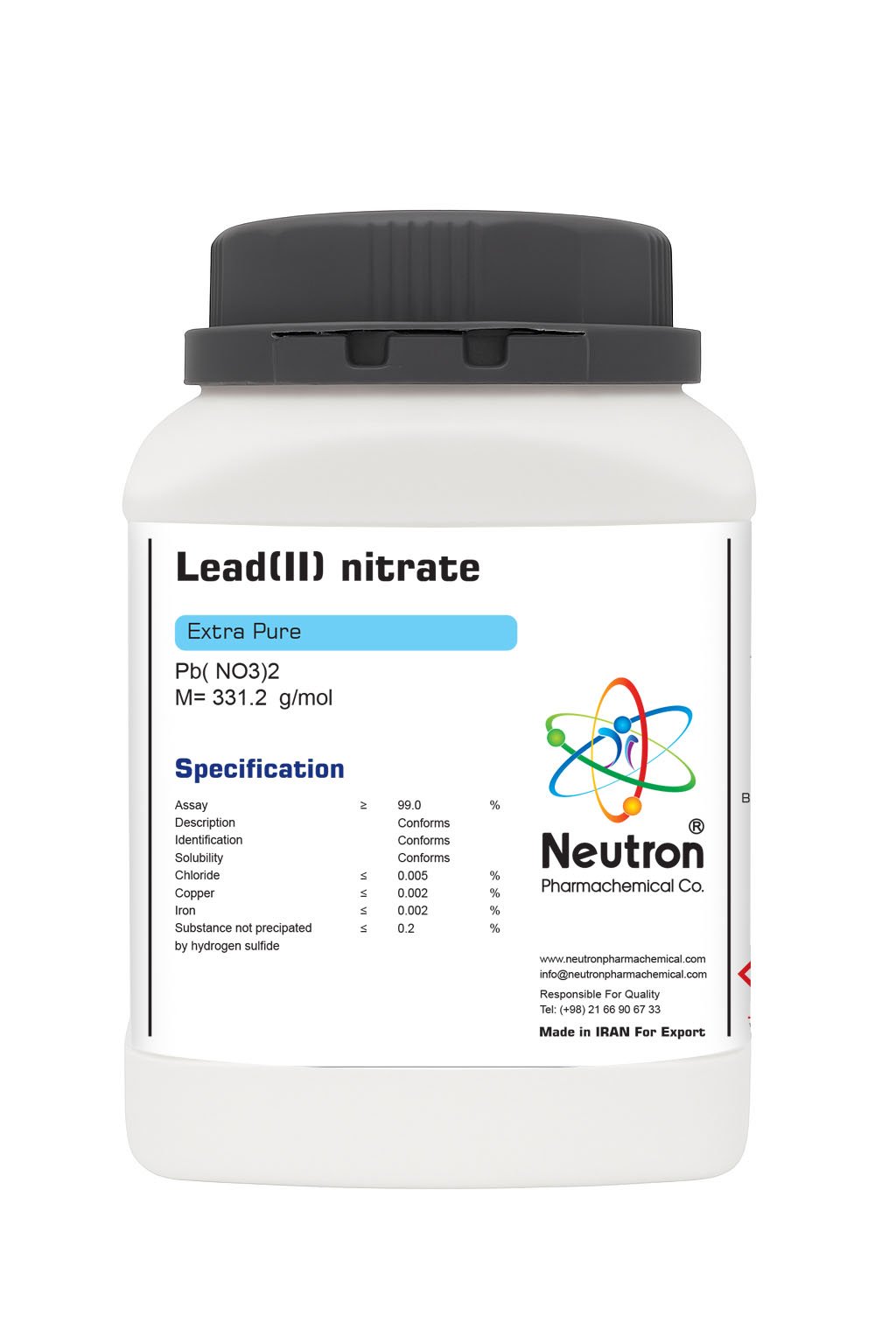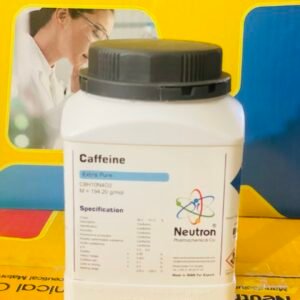Lead (ii) nitrate
| Formula | N2O6Pb |
| Chemical formula | Pb( NO3)2 |
| Density | 4.49 g/cm3 (20°C) |
| Molar mass | 331.2 g/mol |
| Bulk density | ~1850 kg/m3 |
| CAS number | 10099-74-8 |
| HS Code | 28342920 |
| EC number | 233-245-9 |
| Storage | Without limitation |
| SDS | available |
| R Phrase | R 61-20/22-23-41-50 |
| S Phrase | S 53-26-39-45-60-61 |
| Odour | oderless |
| Form | solid |
| Color | white |
| p H | 3.0 – 4.0(50g/l 20°C) |
| Solubility in water | 486 g/l (20°C) |
| Melting point | 485 – 459 °C |
| Assay | ≥ | 99 | % |
| Description | Conforms | ||
| Identification | Conforms | ||
| Solubility | Conforms | ||
| Chloride | ≤ | 0.005 | % |
| Copper | ≤ | 0.002 | % |
| Iron | ≤ | 0.002 | % |
| Substance not precipated | ≤ | 0.2 | % |
| by hydrogen sulfide |
Lead (II) nitrate is a white, crystalline inorganic compound widely used in chemical laboratories and historically in medicine and pigment production, particularly known for its role as a soluble source of lead ions in analytical and inorganic chemistry.
🏭⚗️ Production
Lead (II) nitrate is typically produced by dissolving metallic lead or lead compounds such as lead(II) oxide (PbO) or lead(II) carbonate (PbCO₃) in nitric acid. The reaction results in the formation of lead nitrate and the release of nitrogen oxides or water, depending on the precursor used.
🔬 Properties
The chemical formula is Pb(NO₃)₂, with a molar mass of approximately 331.20 g/mol. Lead (II) nitrate appears as colorless to white crystalline solid, is highly soluble in water, and insoluble in ethanol and ether. It has a melting point of 470 °C (with decomposition). It is a strong oxidizing agent and decomposes upon heating to release toxic nitrogen oxides and lead oxide. It crystallizes in the orthorhombic system and readily dissociates into Pb²⁺ and NO₃⁻ ions in aqueous solution.
🧪 Applications
In laboratory settings, lead (II) nitrate is used as a reagent in qualitative analysis, especially in testing for iodide, halide, and sulfate ions. It serves as a precursor in the synthesis of other lead compounds and historically was used in the manufacture of pigments and explosives. Although it once had medicinal applications, its use in pharmaceuticals has been discontinued due to toxicity. In materials science and inorganic chemistry, it is also used in research involving coordination complexes and crystal growth studies.
⚠️ Safety
Lead (II) nitrate is highly toxic and environmentally hazardous. It is a confirmed human reproductive toxin and can cause acute or chronic lead poisoning through ingestion, inhalation, or skin absorption. Symptoms of lead exposure include abdominal pain, anemia, neurological damage, and developmental disorders. As a strong oxidizer, it may intensify fire in contact with combustible materials. Proper handling includes the use of gloves, goggles, lab coats, and working in fume hoods. It must be stored away from organic materials, heat sources, and in clearly labeled, sealed containers.





